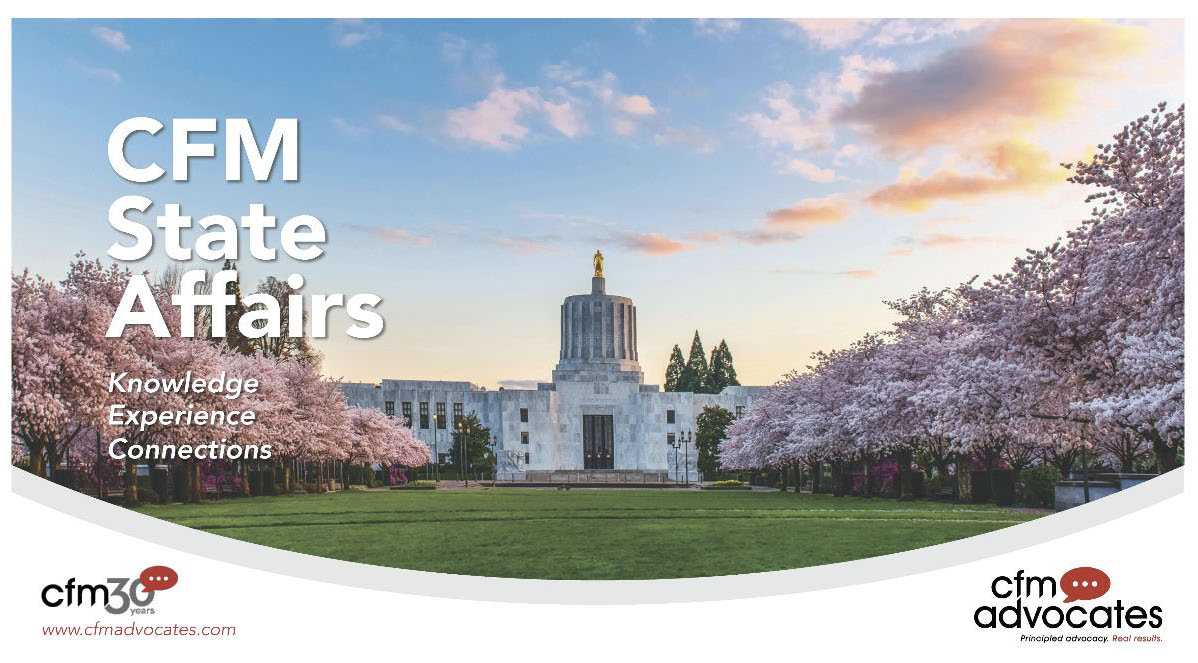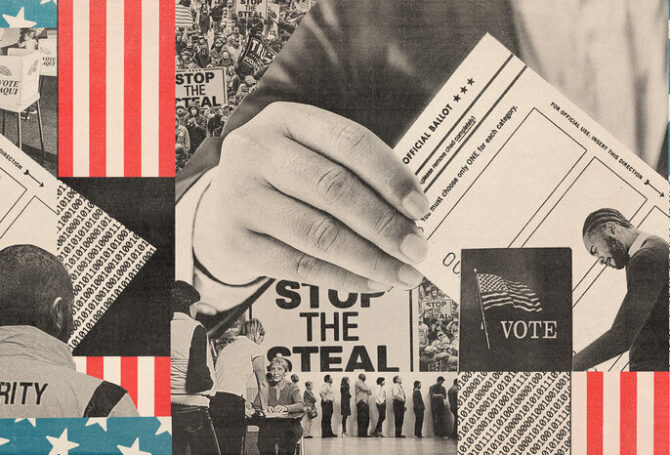
Federal Agency Bypasses Cascadia Bid But Funds Amtrak Cascades Route Study
The dream of a high-speed railway connecting Portland and Vancouver, BC remains a pipe dream after the Federal Railroad Administration (FRA) directed $8 billion to other rail projects. Washington and Oregon received a $500,000 grant to identify how to improve the existing Amtrak Cascades route.
 A similar request to study the Amtrak Pioneer route connecting Seattle through Portland and Pendleton to Salt Lake City wasn’t funded. The Amtrak Pioneer ran for 20 years, but was discontinued in 1997 because of declining ridership.
A similar request to study the Amtrak Pioneer route connecting Seattle through Portland and Pendleton to Salt Lake City wasn’t funded. The Amtrak Pioneer ran for 20 years, but was discontinued in 1997 because of declining ridership.
Meanwhile, Washington and Oregon received a $600 million grant from the U.S. Department of Transportation for a I-5 Columbia River Bridge replacement, now expected to cost $7.5 billion. The two states have each agreed to contribute $1 billion toward the project. Other details, such as the new bridge’s height, remain unresolved.
High-Speed Rail Service
Americans who have travelled to Europe envy its rail service, including high-speed corridors that dot the continent. There is a different mindset among Europeans about train travel. In May, France banned domestic air travel between cities connected by a high-speed train ride of less than 2.5 hours – for example, from Paris to Bordeaux or to Lyon. The concept may be adopted elsewhere in the European Union.
The sprawling geography of the United States is less sympathetic to long-distance train travel, but there are corridors where trains represent an attractive alternative to flying or driving. The densely populated corridor connecting Boston, New York, Philadelphia, Baltimore and Washington, DC is the most successful. Amtrak is testing 160-mph Acela high-speed trains in this corridor.
 There is a new privately run high-speed train route between Orlando and Miami, which has already expanded service and is reportedly profitable.
There is a new privately run high-speed train route between Orlando and Miami, which has already expanded service and is reportedly profitable.
The nonprofit advocacy group Cascadia Rail believes high-speed rail could be successful in the Pacific Northwest, with one-hour train trips between Portland and Seattle and Seattle to Vancouver, BC. Much of its advocacy is based on a 2017 feasibility study conducted by CH2M for the Washington State Department of Transportation.
Cascadia Project Feasibility Study
The study looked forward 50 years and predicted the emergence of megaregions where three-fourths of the American population would live and work. CH2M identified 11 U.S. megaregions, including a corridor stretching from Portland through Seattle to Vancouver, BC.
The prospect of population growth and a larger business footprint in the corridor led to a call for high-speed rail to reduce highway congestion, limit greenhouse gas emissions by cars and planes and increase physical connectivity between the three hub cities. The study ranked high-speed rail as a more feasible alternative than Maglev trains or hyperloop modules.
 Researchers examined comparable high-speed train routes, including London to Paris passenger service through the Channel Tunnel and the proposed Kuala Lumpur–Singapore high‐speed rail project scheduled to start in 2026, reducing a 7-hour train ride to 90 minutes.
Researchers examined comparable high-speed train routes, including London to Paris passenger service through the Channel Tunnel and the proposed Kuala Lumpur–Singapore high‐speed rail project scheduled to start in 2026, reducing a 7-hour train ride to 90 minutes.
The CH2M study recommended a “conceptual corridor design analysis” to assess routes, costs and market demand. That analysis, with a $198 million price tag, is what FRA decided not to fund. The rejection doesn’t spell the end of Cascadia high-speed rail, but it probably means it will be on the back burner for the foreseeable future.
FRA did grant $3.07 billion to complete the delayed, over-budget first 171-mile segment from Los Angeles to the Central Valley. The project calls for high-speed rail to go as far north as San Francisco. FRA also gave $3 billion to launch construction on a privately operated high-speed rail project from Los Angeles to Las Vegas, tying together two centers of entertainment, sports and nightlife. It will be operated by the same company as the Orlando-Miami train.
For perspective, the cost estimate to build the entire Cascadia high-speed rail system ranges from $36 billion to $150 billion, depending how many tunnels and bridges would be needed for a discrete high-speed track for high-speed trains.
“We need a common sense and feasible long-range plan for the
Amtrak Cascades that delivers Acela-like higher speed rail to our region.”
 Improving Existing Train Service
Improving Existing Train Service
Pacific Northwest rail advocates are focused on immediate train service improvements. “We don’t need the ‘ultra’ high-speed boondoggle project,” says Bill Moyer, author of Solutionary Rail and a proponent of electric trains. “We need the feds to support implementation of the common sense and feasible long-range plan for the Amtrak Cascades that delivers Acela-like higher speed rail to our region.”
Advocates favor efforts to allow trains to travel at 110 mph and run with more frequency. That would require some track straightening to avoid curves and more triple-track segments to allow faster passenger trains to pass slower freight trains. They say these improvements would improve mobility and provide climate benefits much sooner and cheaper than waiting for bullet train feasibility.
Seven Amtrak trains depart daily from Portland to Seattle’s King Street Station, which is adjacent to the city’s two big-league stadiums. For train devotees or people who abhor plane travel, Amtrak also operates the Coast Starlight, which runs between Seattle and Los Angeles with stops at 30 train stations. The average time it takes for the entire journey is more than 33 hours, though it can be as “fast” as 31 hours. During the height of this Christmas season, some trains have been canceled and others interrupted with bus routes to accommodate track improvements.
Washington set aside $150 million to accompany a potential federal grant for Cascadia. Rail advocates are urging Governor Inslee and lawmakers to apply that funding to immediate train service improvements and to explore expansion of an east-west route from Seattle to Spokane.
 I-5 Columbia River Bridge Grant
I-5 Columbia River Bridge Grant
The $600 million federal grant was praised by Governor Kotek in a statement, “This project will help advance our goal of reducing emissions through a modern, multimodal bridge and will provide an infusion of federal funds to our region that will support local jobs and broader workforce opportunities.”
While the grant is a promising sign, Oregon lawmakers still need to add more detail to approval of the project. It is unclear whether that might occur during the short 2024 legislative session or the next regular legislative session in 2025.




